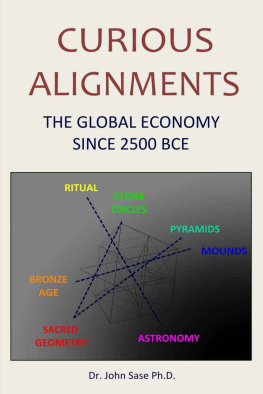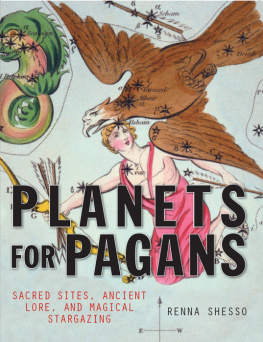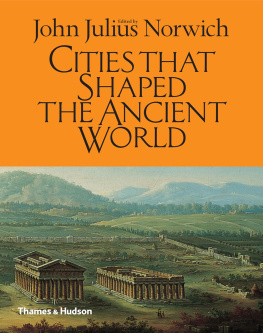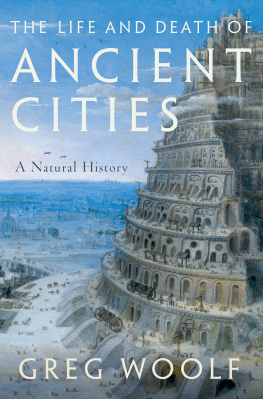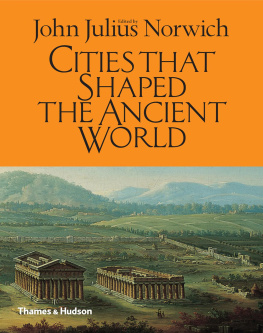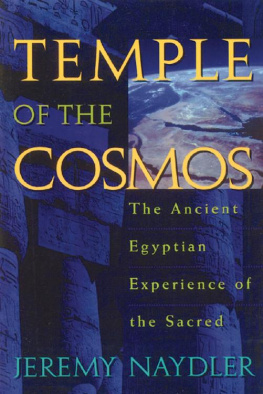CURIOUS ALIGNMENTS
CURIOUS ALIGNMENTS :
THE GLOBAL ECONOMY
SINCE 2500 BCE
By Dr. John Sase, Ph.D.
Curious Alignments:
The Global Economy s ince 2500 BCE,
An Exploration i nto t he Pre-History of Urban Area s , Land Use, and Geodesy
from the Bronze Age through the Age of Exploration
2009, John F. Sase
All rights reserved. No part of this book may be reproduced or transmitted in any form or by any means, electronic or mechanical, including photocopying, recording, or by any information storage or retrieval system without written permission from Dr. John F. Sase, Ph.D., except for the inclusion of brief quotations in a review.
Any logos and related trade dress are trademarks of SASE Associates and may not be used without written permission.
All other trademarks are the property of their respective owners.
Curious Alignments:
The Global Economy s ince 2500 BCE,
An Exploration i nto t he Pre-History of Urban Area s , Land Use, and Geodesy
from the Bronze Age through the Age of Exploration
ISBN: 1449567738
EAN-13: 9781449567736
A Project of Kavish Media Group Economic Series
SASE Associates
by
John F. Sase, Ph.D.
Address inquiries to
drjohn@saseassociates.com
TABLE OF CONTENTS
PREFACE
INTRODUCTION
PART I: SOME BASIC HISTORY
THE OLD COPPER CULTURE
BRONZE AGE MEASUREMENT
THE OLD HOW-TO
THE MYSTERY BEGINS TO UNFOLD
THE ALAISE ALIGNMENTS
PART II: SACRED GEOMETRY
ON THE SHOULDERS OF OTHERS
QUESTIONS ARISE AS THE MYSTERY FORMS
STEPPING OFF INTO SPACE
DERIVING THE GREAT LAKES BIOME DIAGRAM
THE CIRCLES OF SACRED GEOMETRY
PART III: THE ANALYSIS
VESICA PISCIS
SOLOMONS KEY
GENERATING PHI
CREATING THE PENTAGON
PART IV: AROUND THE WORLD
REFLECTIONS IN A GOLDEN EYE
ADDING SOME MORE DETAILS
THE TEN RADII
THE FRENCH CONNECTIONS
FORMING THE ARC
CURIOSITY ONE
CURIO SITY TWO
CURIO SITY THREE
CURIO SITY FOUR
WRAPPING IT UP
PREFACE FOR JOHNS BOOK BY BOB FRITCHIE
The locations of many sacred sites have been known for centuries. Each site has played a major role in the development of the people who live in the local region near where the site was constructed . What is apparent from this book is that all of these sites were interconnected. As Dr. Sase carries us through the development of the geometry used to align these sites, the reader is struck by several incontrovertible truths:
Ancient civilizations must have possessed advanced navigational capabilities to align all of these sites precisely into a worldwide grid.
The placement of sacred sites must have been coordinated.
The resulting grid cannot be mere coincidence.
As we move towards a better understanding of the present and the past, hu mankind has a renewed opportunity to decode the messages associated with these sacred sites. I recall a lecture in 1980 by the eminent scientist Dr. Marcel Vogel, a researcher at IBM, who said , Records are written in stone. He was referring to energetic messages . Vogel had decoded an ancient civilization from a rock that he had been given. Research by several major companies has validated Vogel's earlier revelation: t houghts or electronic records can be transferred energetically into various materials.
Hence we are left to ponder even more intriguing possibilities:
Did the ancient civilizations communicate with each other around the world? Did they share information? If so, how was that done?
Did these civilizations record their evolving history in stone artifacts at sacred sites?
Perhaps the information developed at each sacred site was given from advanced civilizations on other planetary systems. If this is the case , then we all may be awakening to greater truths.
What will be the benefit to hu mankind in rediscovering and applying these ancient spiritual and physical truths?
Curious Alignments is a major work that deserves close study by the public and academicians everywhere.
Robert G. Fritchie
Director
World Service Institute
P.O. Box 32801
Knoxville, TN 37930
www.worldserviceinstitute.org
INTRODUCTION:
As I look out my kitchen window, I see two trees that have lived in my backyard for many years and a cement pedestal bird bath that I placed in the yard a number of years ago . In deciding where to put th is bird bath, I measured the distance between the two trees and used that length to form an equilateral triangle . T he trees secur ed two of the corners and the bird bath mark ed the third point. In effect, I took a phenomenon of nature (or at least the effort of a previous property owner ) and combined it with my own location preference , using a basic element of ancient geometry to complete a simple relationship between human thought and divine nature .
In the modern world, u rban and regional site selection , planning, design, and construction of edifices may not appear to reflect a divine process. However, in the ancient and medieval world s , the D ivine often inspired these practical plans and actions in a way conjoined with the mystical aspects of religion. The layout of a particular camp, village , or city, the direction in which an edifice faced, the time and place that the sun shined through a main entrance way or window , and the placement of ceremonial alt a rs and fountains held great significance for the humans involved in the process . The Sacred Geometry that produced pleasing aesthetics for the eye also produced perfect acoustics for the ear . These qualities inspire awe . In addition, ritual chanting continue s to move site visitors deeply to th e present day .
D ivine design was not only reflected in the construction of these holy places . T he site selections of the se places in relationship to one another often mirrored the alignment of planets and stars in the heavens as above, so below. Th e human desire to understand the cosmos extend s back to ages for which we possess no records except the ceremonial sites themselves and the Sacred Geometry reflected within and among them. C onsidering the known or estimated dates at which many sacred sites were constructed, it appears that the use of Sacred Geometry --the geometry used to design sacred art and architecture that comes from the metaphysical study of the nature of the universe-- has waxe d and wane d multiple times over successive millennia of our epoch . In various parts of the world, the construction of pyramids, stone circles, mounds, and temples s ometimes transpired concurrently . S ometimes it did not.
Furthermore, the use of Sacred Geometry has focused on the movements of the sun, moon, stars and planets for reasons extend ing from the purely pragmatic to the completely spiritual . This is true for the most primitive and pagan of cultures to the most advanced and traditional of societies. In respect to the latter, let u s consider this first example.
M any moviegoers who have watched the 1972 Franco Zeffirelli film Brother Sun, Sister Moon (1972) identify the title with S aint Francis and Saint Cla re of Assisi, Italy . However, during the revival of the science and art of Sacred Geometry in architecture in the thirteenth and fourteenth centuries, medieval Christians thought that Saint John the Baptist and Mary Magdalene more often personified the sun and the moon . As a result, many holy sites of the time were dedicated to Saint John and the Magdalene. Cathedrals and churches incorporated Sacred Geometry to announce the most relevant days of solar and lunar activity. The structures have stood not only as places to conduct ceremonies, but as places to preserve ancient science and mathematics in the architecture . For example, during the centuries before an abundance of mechanical clocks, the brass strip known as the Roseline embedded in the floor of the Church of Saint-Sulpice in Paris was used to reflect sunlight as a call to noon service .
Next page
